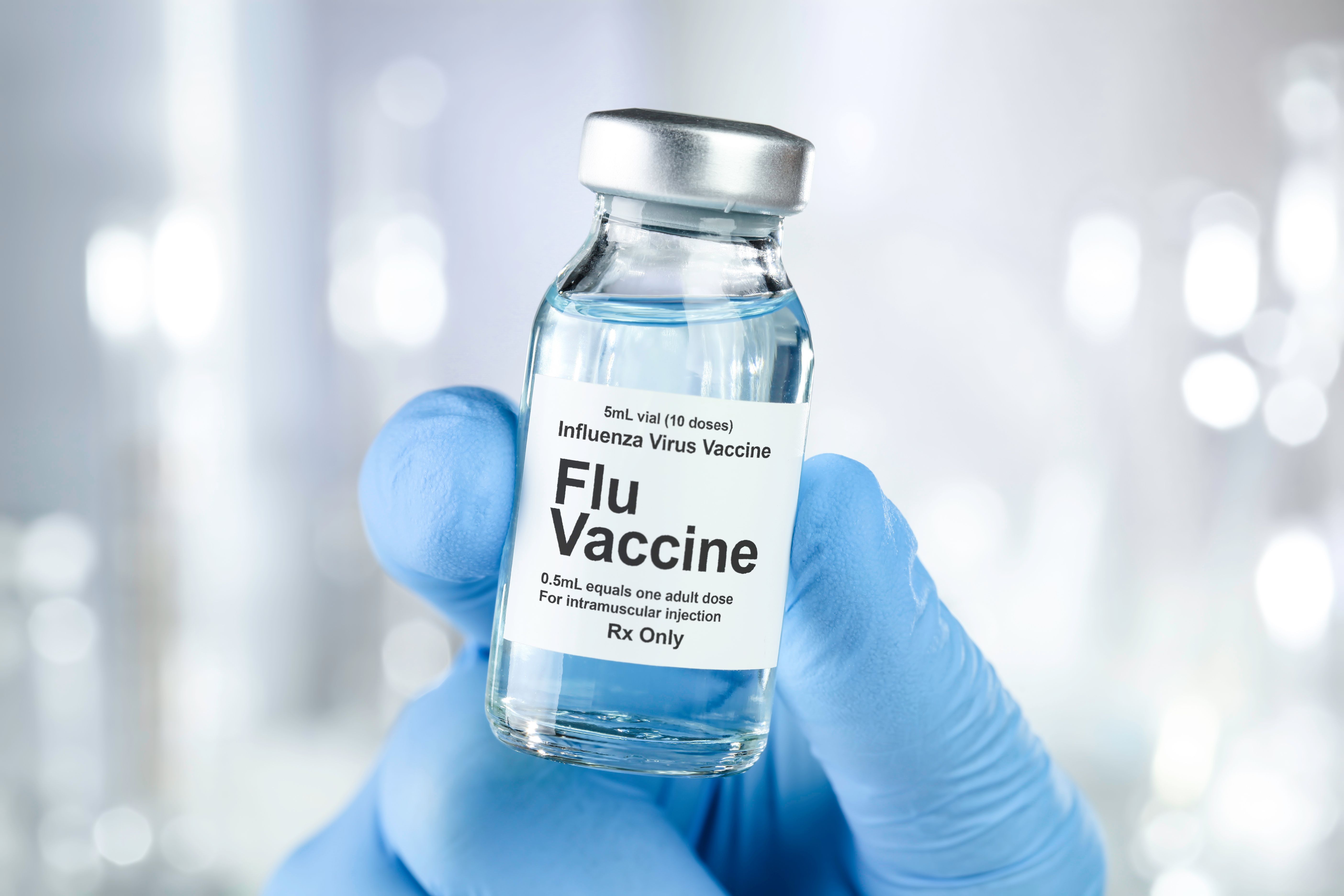Article
Study Highlights Variation in Second-Generation Diabetes Drug Use Among Medicare Enrollees
Author(s):
Among Medicare enrollees, there was substantial between-practice variation in the use of second-generation diabetes drugs between 2007 and 2015, according to a study published in JAMA Network Open. Data also revealed a concentration of use among a few prescribers and practices, who were responsible for widespread early diffusion.
Among Medicare enrollees, there was substantial between-practice variation in the use of second-generation diabetes drugs between 2007 and 2015, according to a study published in JAMA Network Open. Data also revealed a concentration of use among a few prescribers and practices, who were responsible for widespread early diffusion.
More than 30 million Americans, roughly 10% of the adult population, had diabetes in 2015, and an additional 1.5 million new cases are diagnosed annually. The majority of new diabetes cases are type 2 diabetes (T2D). Within the past 17 years, among all chronic diseases, “diabetes had the largest increase in annual spending from 1996 to 2013—an increase of $64 billion, $44 billion (69%) of which was spent on prescription drugs,” authors write.
To investigate how second-generation drugs diffused into clinical practices among Medicare enrollees, researchers conducted a population-based, cross-sectional study that included data from all Medicare Part A, B, and D enrollees who first received drug therapy in January 2007. Data were collected through December 2015, and all patients with type 1 diabetes were excluded from the study.
This time period was selected because it preceded when “second-generation diabetes drugs had demonstrated additional cardiovascular benefits and before they were recommended by clinical guidelines.”
Diabetes medications were classified as first-generation if they were approved before 2000, whereas second-generation medications were approved after 2000. The latter generation included dipeptidyl peptidase 4 (DPP-4) inhibitors, glucagon-like peptide-1 (GLP-1) receptor agonists, and sodium-glucose cotransporter-2 (SGLT-2) inhibitors. Researchers considered any practice with use rates of second-generation drugs more than 1 SD over the mean as high-prescribing.
In total, 77,515 individuals were prescribed a second-generation drug as first-line treatment within the study window. The cohort had an average age of 76 years, and the majority were female (57.7%).
Data showed that by December 2015:
- 22,457 practices (52.2%) had used DPP-4 inhibitors once, compared with 3593 practices (8.4%) that had used a GLP-1 receptor agonist once
- 17,452 practices (40.6%) were using DPP-4 inhibitors in 10% of eligible patients, while 1286 practices (3.0%) were using GLP-1 receptor agonists in 10% of eligible patients
- SGLT-2 inhibitors, available after March 2013, were used at least once by 1716 practices (4.0%) and used in 10% of eligible patients by 872 practices (2.0%)
Further analyses revealed that “beneficiaries in high-prescribing practices were more than 3-fold more likely to receive DPP-4 inhibitors, 24-fold more likely to receive GLP-1 receptor agonists, and 60-fold more likely to receive SGLT-2 inhibitors compared with beneficiaries in low-prescribing practices.”
Researchers found that practices affiliated with an academic center tended to prescribe first-generation drugs to a higher proportion of patients compared with second-generation drugs. Practices owned by hospitals also prescribed first-generation drugs to a higher proportion of patients than those receiving second-generation medication.
“During this time, metformin, glipizide, and glyburide (first-generation diabetes drugs) were available as $4 generics while second-generation drugs cost between $300 and $500 per month,” authors wrote. They continued, “between 2007 and 2015, 7% of Medicare patients newly treated for T2D were prescribed comparatively expensive second-generation diabetes drugs.”
Investigators hypothesized that specific aspects of the drugs may have affected early diffusion, in addition to potential early signals of benefit in patients with specific comorbidities. However, because the study was conducted among Medicare beneficiaries, authors cautioned that findings may not be generalizable to younger populations.
“This variation in practice patterns highlights a potential shortfall of traditional cost containment mechanisms for prescription drugs and opportunities to improve the value of early diabetes care,” the researchers concluded.
Reference
Gilstrap LG, Blair RA, Huskamp HA, et al. Assessment of second-generation diabetes medication initiation among Medicare enrollees from 2007 to 2015. JAMA Netw Open. Published online May 22, 2020. doi:10.1001/jamanetworkopen.2020.5411
Newsletter
Stay ahead of policy, cost, and value—subscribe to AJMC for expert insights at the intersection of clinical care and health economics.





